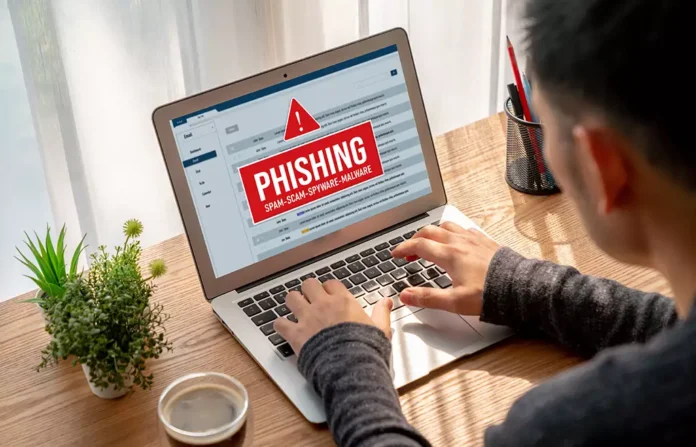Introduction
In today’s digital age, phishing websites have evolved far beyond basic imitation. Cybercriminals now design fake sites that appear 99% identical to the real thing, deceiving even the most vigilant users. These sites mimic bank portals, e-commerce platforms, and even government websites — stealing sensitive data such as passwords, PINs, and credit card numbers within seconds. Understanding how to detect these traps is critical to safeguarding your digital identity.
The Psychology Behind Phishing
Phishing works by exploiting human trust and urgency. Fake sites are usually delivered through emails, text messages, or social media ads, luring victims with messages like “Account Suspended”, “Payment Failed”, or “You’ve Won a Prize!” The moment users click and enter personal information, it’s transmitted directly to the scammer’s database.
These pages often have real logos, professional design, and even working navigation menus — making them almost indistinguishable from authentic websites at first glance.
Key Warning Signs
Although phishing websites may look legitimate, several red flags can help you identify them:
-
Unusual URLs: The website may use a domain that’s slightly misspelled (e.g.,
www.payaI.cominstead ofwww.paypal.com). -
Lack of HTTPS: Real sites use encrypted connections (https://). If the padlock icon is missing, it’s a red alert.
-
Urgent Warnings: Messages demanding immediate action to “avoid suspension” or “confirm your account” are classic phishing tactics.
-
Request for Sensitive Information: Legitimate platforms never ask for passwords, OTPs, or card details via email or SMS.
How to Protect Yourself
-
Type URLs manually or use official apps instead of clicking on unknown links.
-
Enable browser security warnings that flag suspicious websites.
-
Use two-factor authentication (2FA) to add an extra layer of protection.
-
Install anti-phishing extensions on your browser for real-time alerts.
-
Cross-check emails or SMS with the official company website or helpline.
Conclusion
As phishing tactics grow more sophisticated, so must our ability to detect and avoid them. Digital literacy is not just a technical skill — it’s a survival tool in the modern world. By staying alert and informed, you can protect not only yourself but also your family and community from online deception.


